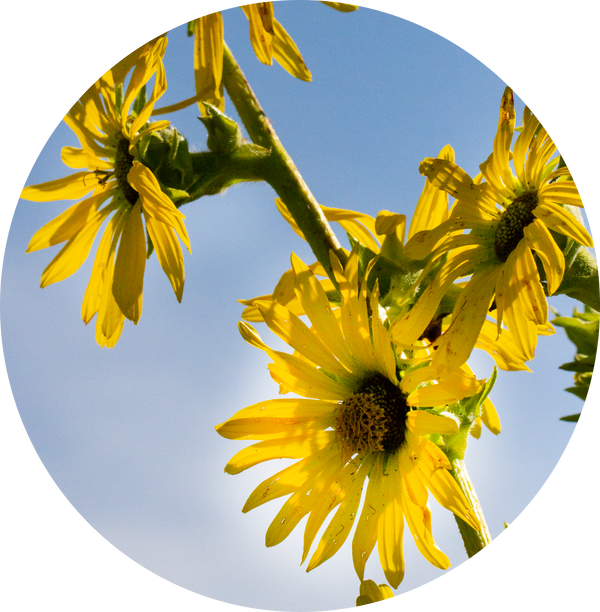Midwest Wilderness Connections Eco-briefs and Eco-sweeps
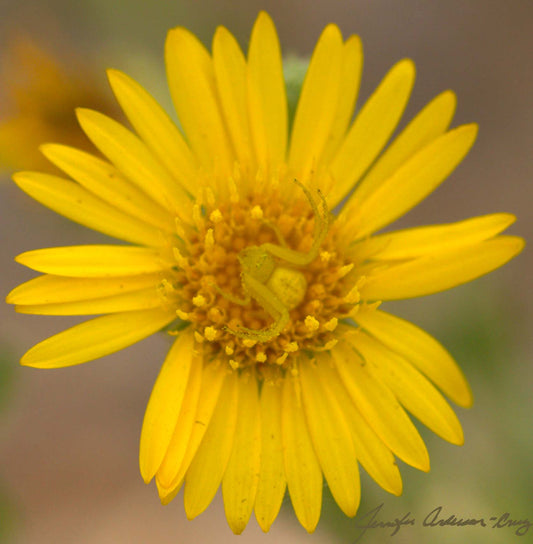
MWC Eco-brief: Spot the imposters!
Flower crab spiders hide amongst petals to catch prey attracted to blossoms. Some flower crab spiders change color to blend in with their surroundings, which has only been documented in...
MWC Eco-brief: Spot the imposters!
Flower crab spiders hide amongst petals to catch prey attracted to blossoms. Some flower crab spiders change color to blend in with their surroundings, which has only been documented in...
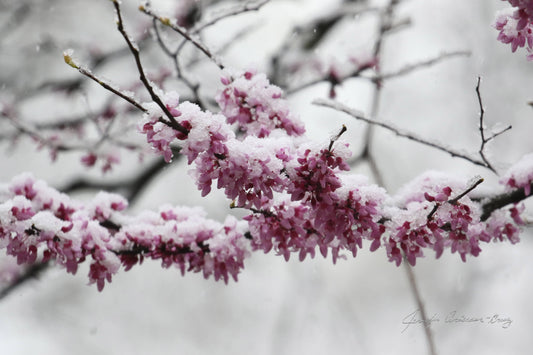
MWC Eco-brief: Eastern Redbud
The eastern redbud (Cercis canadensis) is an early blooming tree species that is an important first food plant for emerging bees and pollinators in search of nectar and pollen. The...
MWC Eco-brief: Eastern Redbud
The eastern redbud (Cercis canadensis) is an early blooming tree species that is an important first food plant for emerging bees and pollinators in search of nectar and pollen. The...
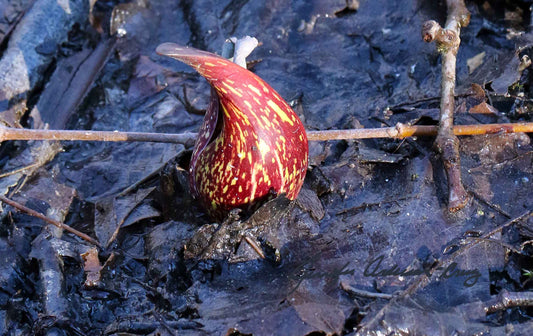
MWC Eco-brief: Skunk Cabbage on the Scene
Skunk cabbage occurs in wooded wetlands where it produces yellow speckled maroon flowers in late winter to early spring. This plant can warm itself up to 70 degrees Fahrenheit, which...
MWC Eco-brief: Skunk Cabbage on the Scene
Skunk cabbage occurs in wooded wetlands where it produces yellow speckled maroon flowers in late winter to early spring. This plant can warm itself up to 70 degrees Fahrenheit, which...

MWC Eco-brief: Little gems of Iowa's prairies a...
Little gems of Iowa's prairies and wetlands are tucked away on private lands. What a glorious sight it must have been for the early pioneers to see the blooming wildflowers...
MWC Eco-brief: Little gems of Iowa's prairies a...
Little gems of Iowa's prairies and wetlands are tucked away on private lands. What a glorious sight it must have been for the early pioneers to see the blooming wildflowers...
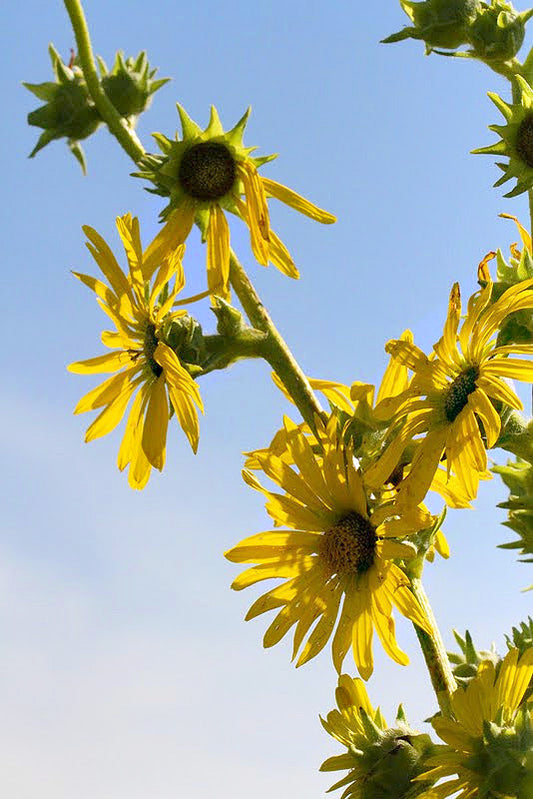
MWC Eco-Brief: Compassplant
Aligning its leaves north to south, thus reducing direct sunlight on a hot summers day on the prairie, is how compassplant got its name.
MWC Eco-Brief: Compassplant
Aligning its leaves north to south, thus reducing direct sunlight on a hot summers day on the prairie, is how compassplant got its name.
